Full Guide To Tanzanite vs. Sapphire (This is the Difference)

In order to work with our crystals effectively, we need to understand their properties. With crystals that look similar or have similar uses, such as tanzanite and sapphire, it can be difficult to determine which one to work with. The answer should always be; the one that you are drawn to the most. However, if you are looking to find the difference in physical appearance as well as metaphysical properties, you’ll find your answer here.
Sapphire is more valuable, despite being more common than tanzanite, and is also much stronger. The former has a deep blue hue, while tanzanite is often more purple. Blue sapphires are associated with royalty, luck, and happiness. Tanzanite represents new beginnings, truth, and intuition.
Continue reading if you want to know more about the (physical) qualities of these stones, as well as how you can use them in your spiritual practice.
Also read: Peach Sapphire vs Morganite: This is the Difference
Want more help or information? If you have any more questions after reading this blog post or want a personal answer for your specific situation, join the free Facebook group! We promise you’ll get an answer from either our team members or a community member.
Tanzanite vs. Sapphire – How To Tell The Difference?
In order to understand the difference between these two stones, we can look at the color, shape, pattern, clarity, and more. Below we’ll describe all these aspects in detail.
Composition
Tanzanite is a mineral from the zoisite family. The stone gets its color from the presence of vanadium in its chemical composition.
On the other hand, the composition of sapphire is aluminum oxide with trace elements of titanium, vanadium, chromium, and iron.
Color
Overall, tanzanite is more likely to be a purple-blue shade, while sapphire is often a deeper, more vibrant blue.
Although the blue variety of zoisite is called tanzanite, it also comes in a variety of other colors, including yellow, blue, and pink. When this blue variety of zoisite is heated to 600 degrees C, the vanadium oxidizes and becomes deeper in color. The more saturated the color, the more valuable the stone will be, which is why this stone may undergo heat treatment. Most tanzanite will be violet/blue, but high-quality stones can also show reddish/brown colors.
Sapphire can also have inclusions. Some common ones are white, feather-like lines, color zoning (when the color is uneven), and cavities.
Also read: Lapis Lazuli vs Sapphire: This Is The Difference
Pattern and Clarity
Tanzanite is transparent when it is high quality, but may also contain inclusions and imperfections.
Tanzanite commonly only has smaller inclusions that cannot be seen with the naked eye. So, if tanzanite does have visible inclusions, this drastically lowers the value.
Blue sapphires are transparent to translucent in clarity, depending on the number of inclusions on the stone. Transparency is a common factor in the pricing of these gemstones, which is why these stones often receive treatments. A natural sapphire with little inclusions is the most valuable, but generally, these stones are expected to have some imperfections. If you have a sapphire without any, it might have received enhancements, or is fake.
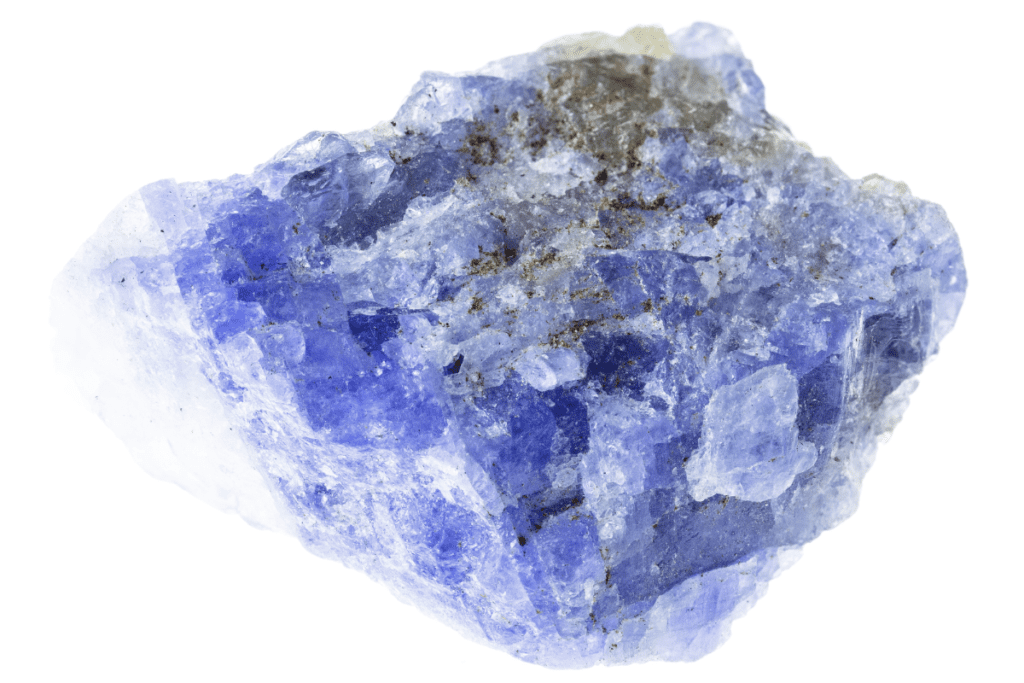
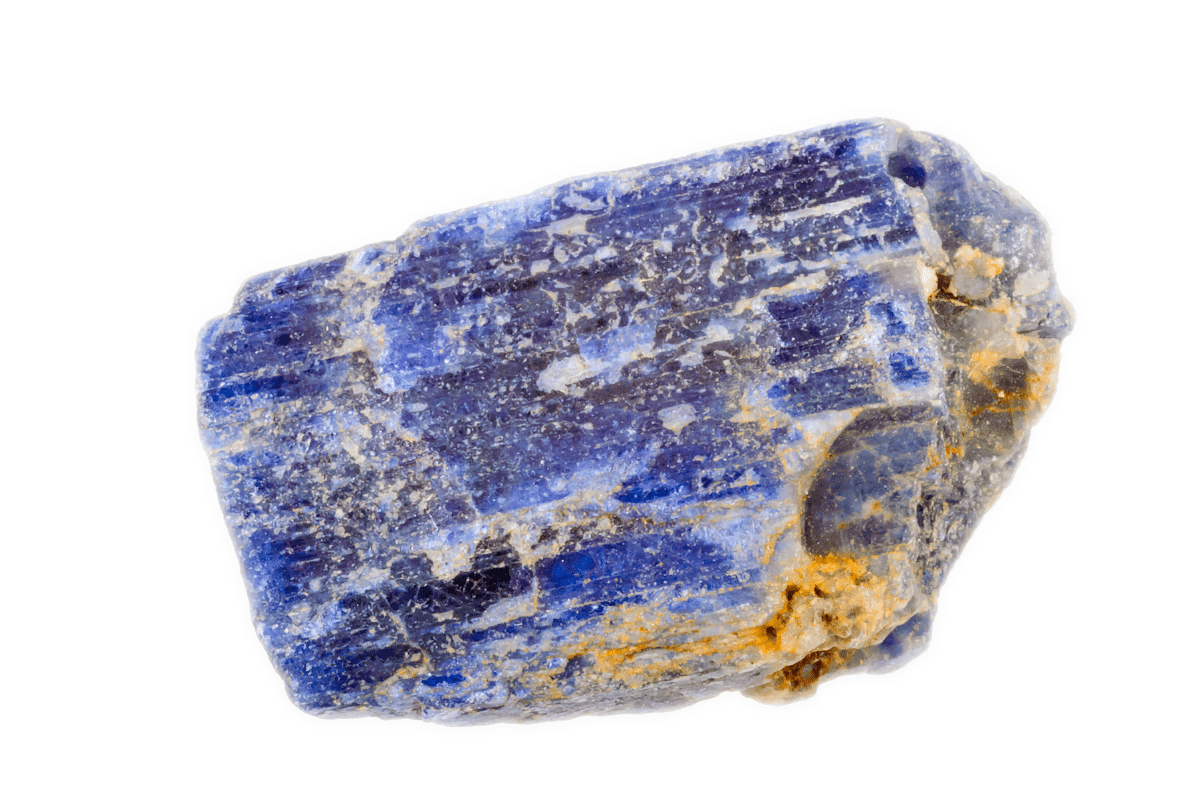
Hardness
Sapphire is much more durable than tanzanite. On the Mohs scale of hardness, sapphire scores a 9, while tanzanite only receives a 6.5.
If you’re unfamiliar, the Mohs scale of hardness determines a stone’s hardness by measuring how scratch-resistant it is. According to this scale, a stone can scratch any other mineral with a lower score. For reference, talc is a 1, whereas diamond is a 10.
This means tanzanite scratches rather easily compared to sapphire. Tanzanite jewelry can be kept for special occasions only, while blue sapphire jewelry can be worn daily with reasonable maintenance.
Location
Tanzanite is much rarer than sapphire and is only found in Tanzania. Blue sapphire is found in various parts of the world, including Myanmar, Madagascar, India, and Sri Lanka.
Interestingly, sapphire is more valuable, despite being more common, simply because it is so incredibly popular.
Also read: Amethyst vs. Tanzanite: This Is The Difference
Care
Although they’re relatively durable, be careful when handling and storing these stones to prevent damage.
We recommend cleaning your stones by either briefly running them under tap water or cleaning them with a damp cloth. If you’d like, you can use some detergent as well. Make sure to dry the stones afterward. Although it won’t cause immediate problems, we never recommend leaving stones to soak, as this can turn them dull or brittle.
Apart from physically cleaning the stones, you might want to clear them of negative energies. This is highly recommended if you use them for their metaphysical properties.
The reason for this is that these stones absorb low vibrations. Every month or so, you want to remove these energies from the stone so you can continue to use it. After cleansing, it is recommended you also recharge the stones to make sure they are full of positive energy to share with you.
Tanzanite and sapphire can be cleansed and recharged by moonlight or using cleansing crystals like selenite and clear quartz. The stones can also be recharged through sound, or by burying them in brown rice.
We do not recommend leaving these stones in the sun, as they are likely to fade when exposed to direct sunlight for longer periods.
Metaphysical Properties
Beware that crystals are never a replacement for professional medical help. If you have any issues, see a doctor first and follow their advice.
Blue sapphires are associated with royalty, luck, and happiness, which is why they are so popular. These stones also represent hope and faith. Still, they have great spiritual abilities, too.
They are often used for their uplifting energies, help with communication, wisdom, and guidance through dilemmas. The calming energies are good for eliminating negative thoughts, anxiety, depression, and relaxing an overreactive mind. The stones’ connection to the third eye chakra also unlocks intuition and psychic abilities.
Tanzanite is associated with new beginnings, truth, and intuition. They are said to represent a person’s dreams and guide you through the dream to reality. This stone activates the crown, third eye, and throat chakras, meaning it facilitates intuition, psychic abilities, and communication. These stones will also facilitate transformation. The stone can help you break negative patterns and behavior and create a better and more rewarding life.
Also read: Black Tourmaline vs. Obsidian: This Is The Difference
Chakra Association
Both stones are associated with the throat and third eye chakras; however their blue color indicates that they primarily stimulate the throat chakra. The throat chakra is found in the base of the neck, and its activation allows for better communication, improves self-expression, personal truth, and emotional well-being.
Dark blue and purple varieties of tanzanite and sapphires are primarily used in the third eye chakra. This chakra is found between the eyebrows. It is responsible for awareness, perception, consciousness, and divine intuition. Thanks to these stones, you can keep this chakra stimulated and balanced. This elevates you to a higher form of self and opens you up to the divine.
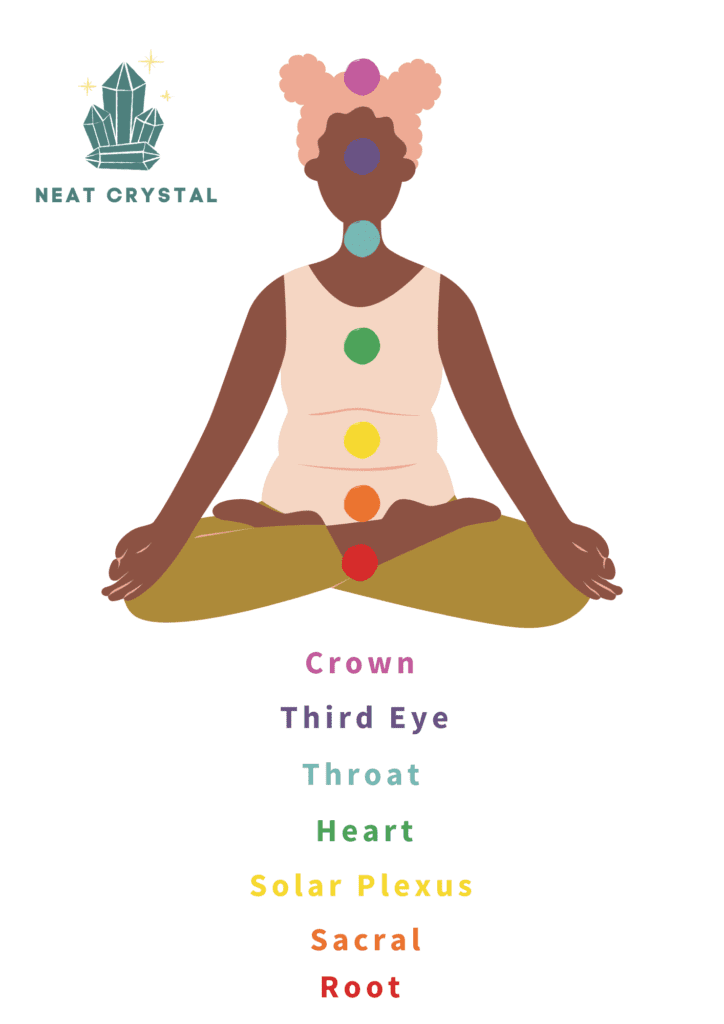
Element Association
Tanzanite is associated with the air and water element, while blue sapphire is a water element crystal.
The water element is associated with purity, dreams, cleansing power, power, strength, and health. Like its fluidity, water is a very powerful and equally destructive element of nature.
Working with water stones could help you express your emotions, but it could also balance out fire energy. The latter may be seen in rash decision-making or hotheadedness.
The air element represents knowledge, clarity, and the power of the mind. People who resonate with this element are intelligent, expressive, logical, and well-informed. Stones of this element can be used to improve intellect, memory, and general mental activity.


Zodiac Association
Tanzanite is the modern birthstone for December, hence its compatibility with the Sagittarius and Capricorn zodiac sign.
Blue sapphire is a traditional birthstone for people born in September, as well as a mystical birthstone for May (Tibetan) and an ayurvedic birthstone for August (Indian). As a result, it is associated with Virgos and Libras born in September, Taurus and Geminis born in May, and Leos and Virgos, born in August.
If you feel you want to work with these stones, but are not one of these zodiac signs, feel free to do so anyway! These stones and signs are just particularly compatible, but this doesn’t mean you can’t use them if you have a different sign.


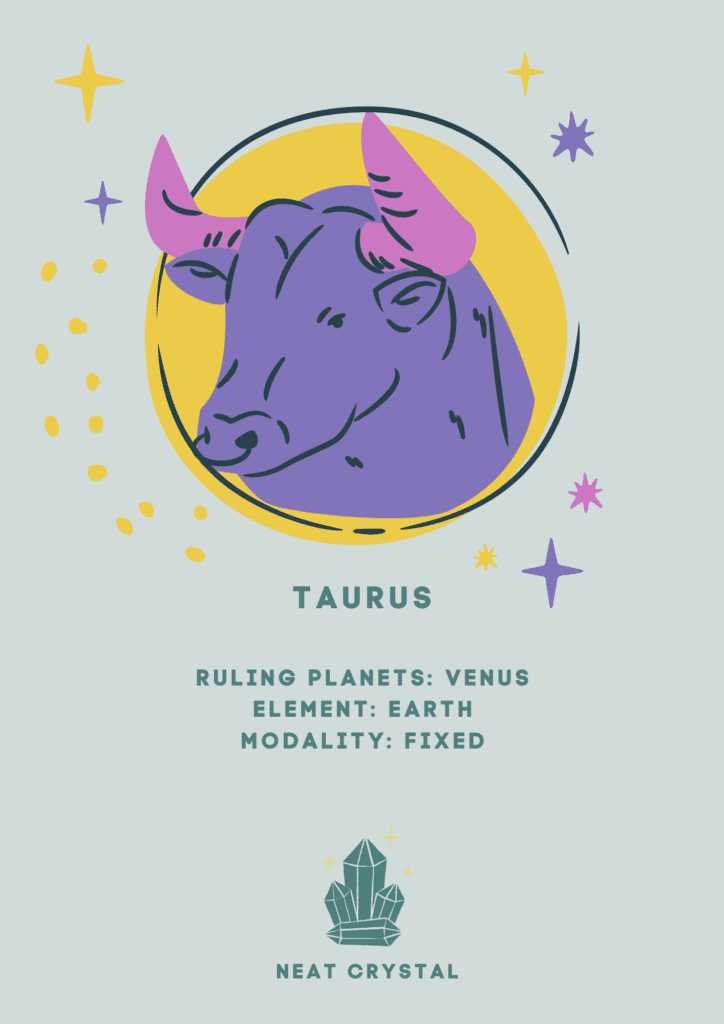
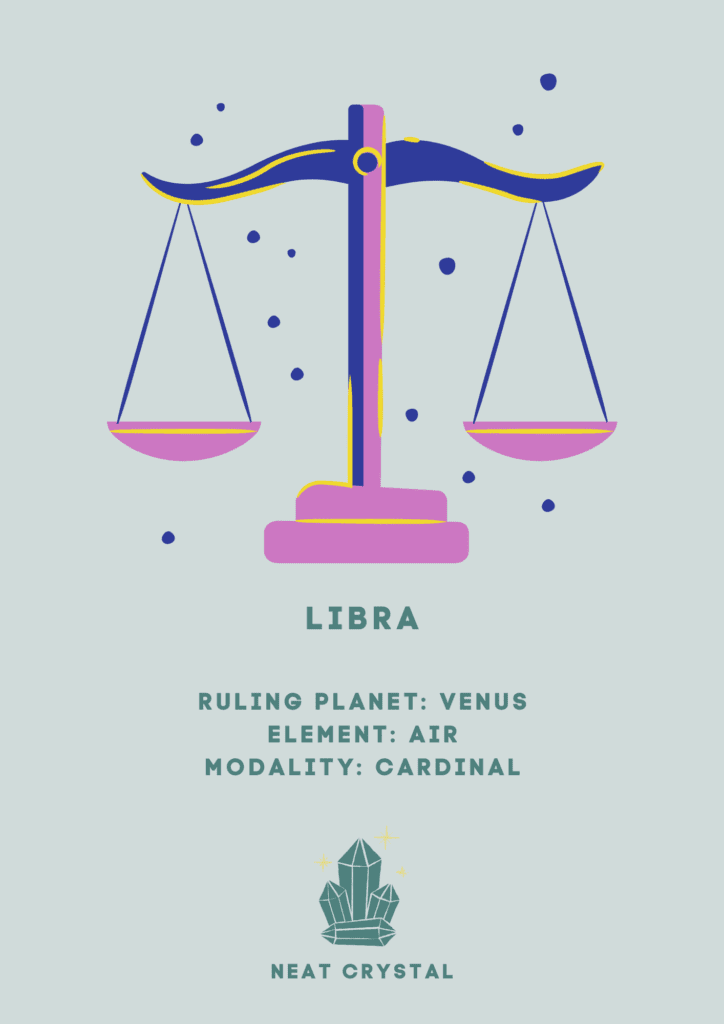
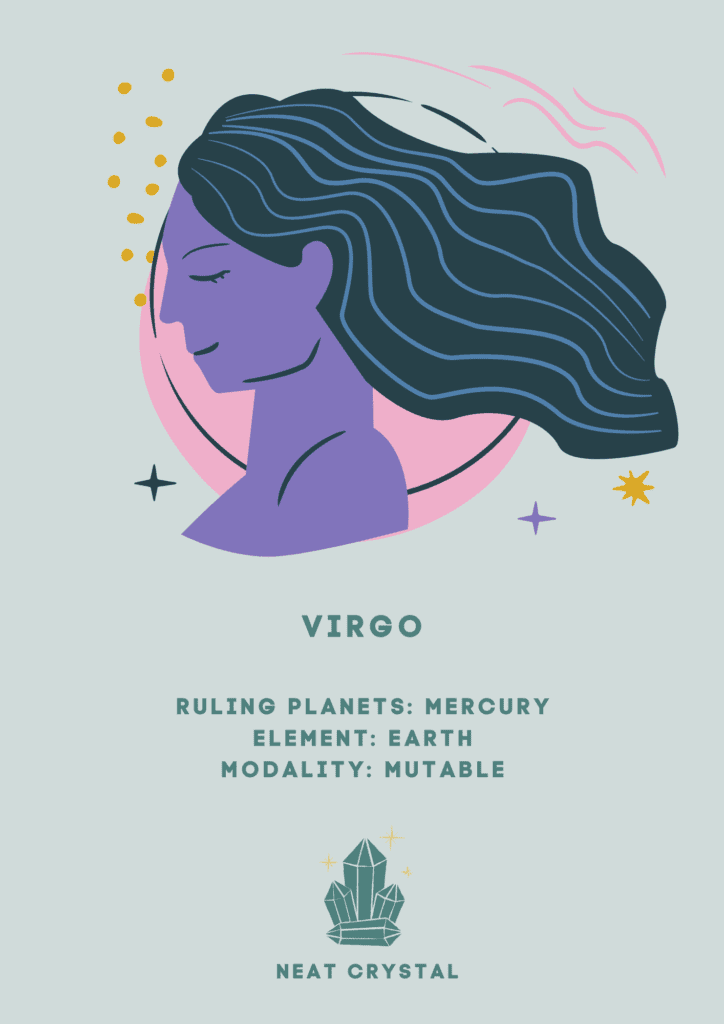
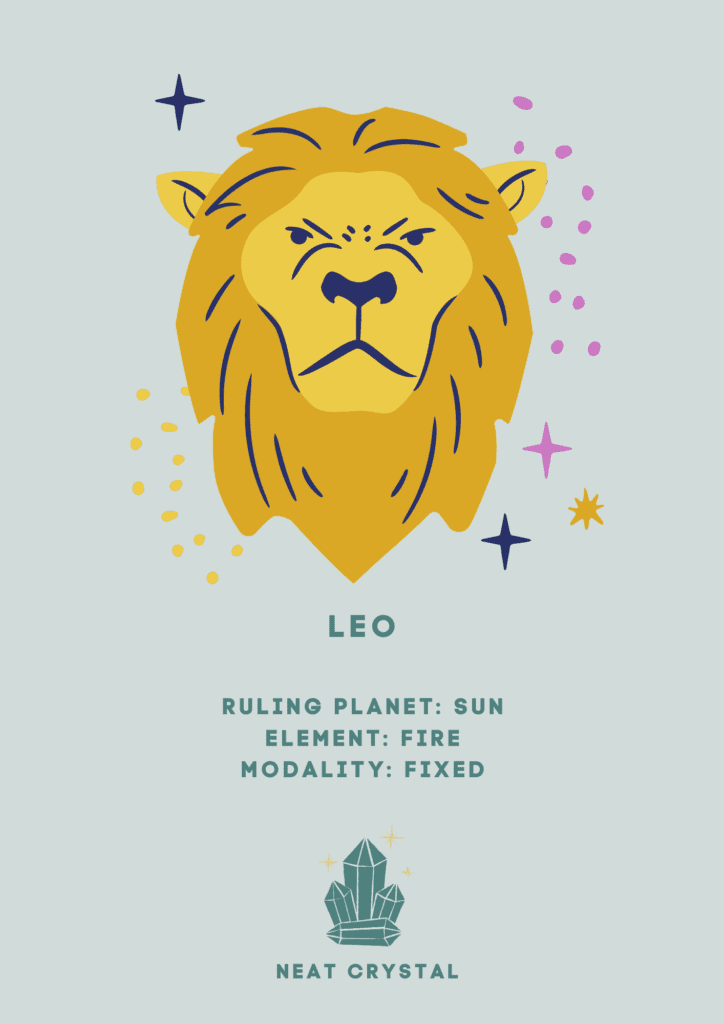

Ruling Planet
Tanzanite is governed by Saturn, while blue sapphire is co- ruled by the Moon and Saturn.
The moon as a ruling planet represents our emotions and governs how we relate with the world around us. Its influence encourages logical thinking and compassion. The moon is connected to the deepest of our feelings and emotions. It also represents emotional sensitivity, instincts and self-awareness.
Saturn on the other represents obligation, rules, structure and discipline. This planet seeks to help zodiac signs in navigating life and understanding the world around them. Under its influence, people show organizational skills, responsibility, patience, maturity, and an ability to set boundaries.
Thus working with Saturn stones helps to accomplish things that require determination and hard work. It’ll make you feel confident and allow you to trust yourself while working towards your goals.
Numerical Vibration
Tanzanite vibrates at 7. This number can indicate victory and is thus regarded as a lucky number. People of this number desire knowledge and spiritual intelligence. They are also curious and the problem solvers. The number encourages self-awareness, reflection and a constant nudge to keep improving themselves.
Blue sapphires vibrate at 6. The number is used to represent support, unconditional love, empathy and compassion. The energies of the number can nurture and heal. Its sole purpose is service. The number is especially evident in romantic relations and friendships.
Also read: Red Aventurine vs. Strawberry Quartz: This Is The Difference
Uses
There are many different ways to use these stones. Below we’ll outline a few options for you.
Jewelry
Both stones have an aesthetically pleasing blue color that is very desirable in jewelry, and are popularly made into engagement rings. However, if you plan to wear these stones every day, sapphire is preferred, as it is more durable. If you’re looking for other stones that are harder than tanzanite and have a saturated blue/violet color, think of amethyst (7), or topaz (8).
Wearing jewelry is the best way to include these stones into your life, as they allow you to work with the stone’s energy all day. Make sure to wear them on your skin, which will allow you to reap the most of the stone’s benefits.
Meditation
Both stones are effective in meditation practices. They will soothe and calm a troubled mind, which is paramount in this practice. Both stones will work on the third eye and throat chakra, which facilitates concentration, psychic vision, and communication. If this is something you’re looking for, I’ll leave a guided meditation for the third eye chakra below:
Best Combinations
To get the most out of our work with crystals, it can be incredibly beneficial to pair and combine crystals with similar properties. This way, they can strengthen and enhance each other. Below you’ll find some interesting options.
Tanzanite can be used together with clear quartz. For meditation purposes, this pair will be great for activation of the throat, third eye and crown chakras. The vibration energies emitted by this pair will enhance intuition and spiritual development. It is also a good remedy for stress. Clear quartz is also a master healer and a versatile stone for use. You can program the with any intention you would like.
Tanzanite can be paired with black tourmaline for protection and grounding energies. Besides that, this pair can be used for telepathy and astral travel.
Amethyst and blue sapphire are used together for peace and relaxation. This is a perfect pair for the much-needed inner strength and relief from stress. They will do this by clearing the negative energies and emotional distress. The energies released will resonate with the mind and nervous system.
Blue sapphire can also be used together with celestite for communication with angelic beings and spirit guides. The pair aids communication to other realms for guidance and spiritual alignment.
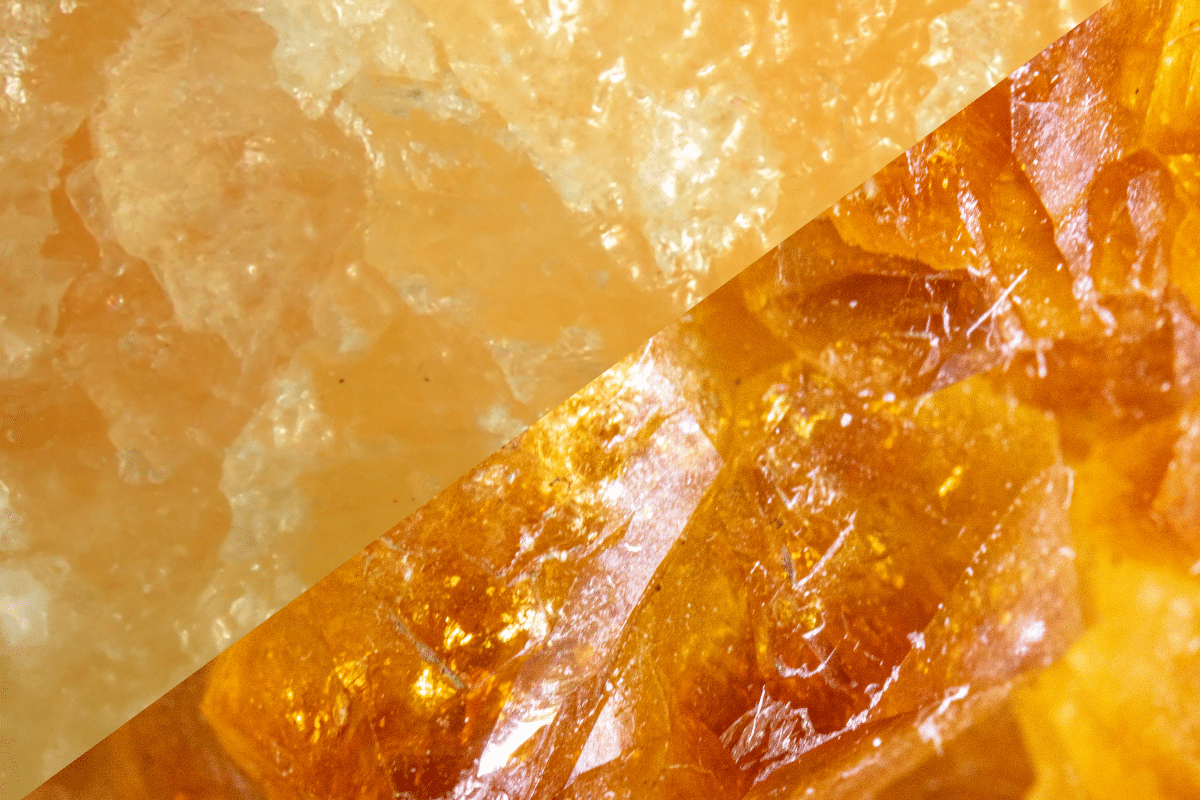
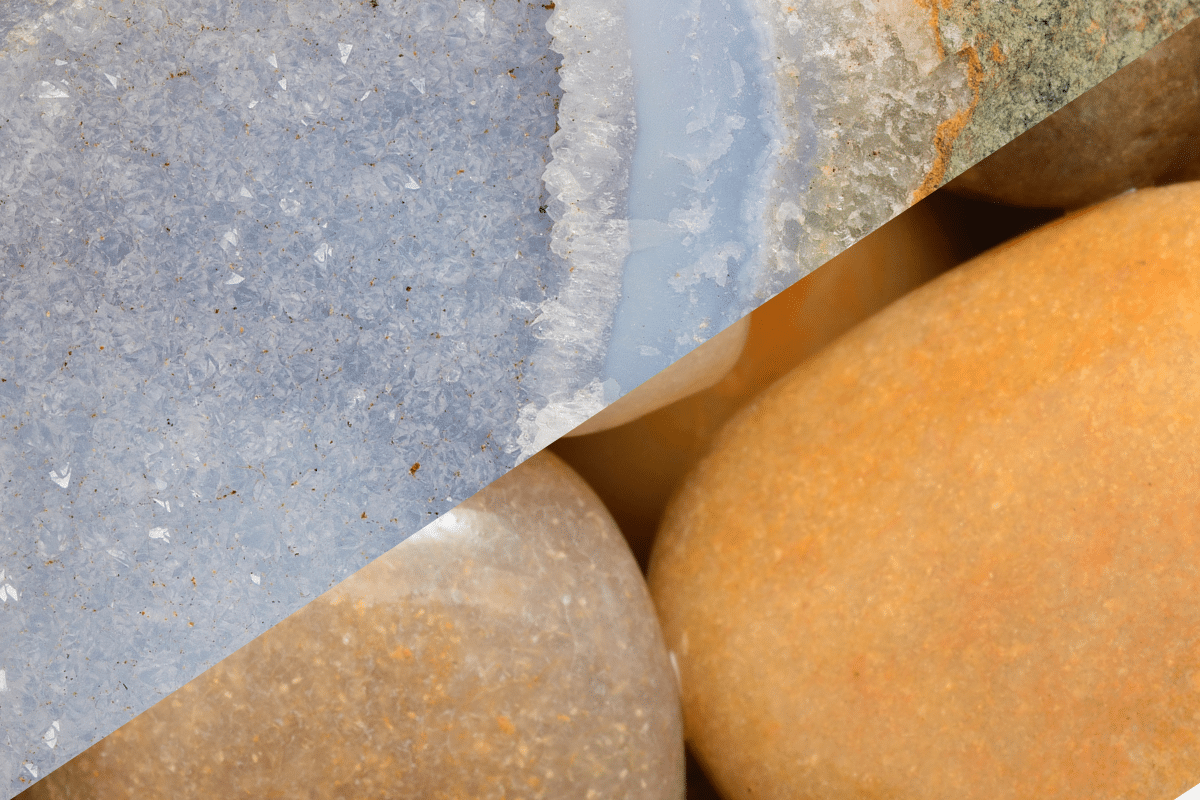

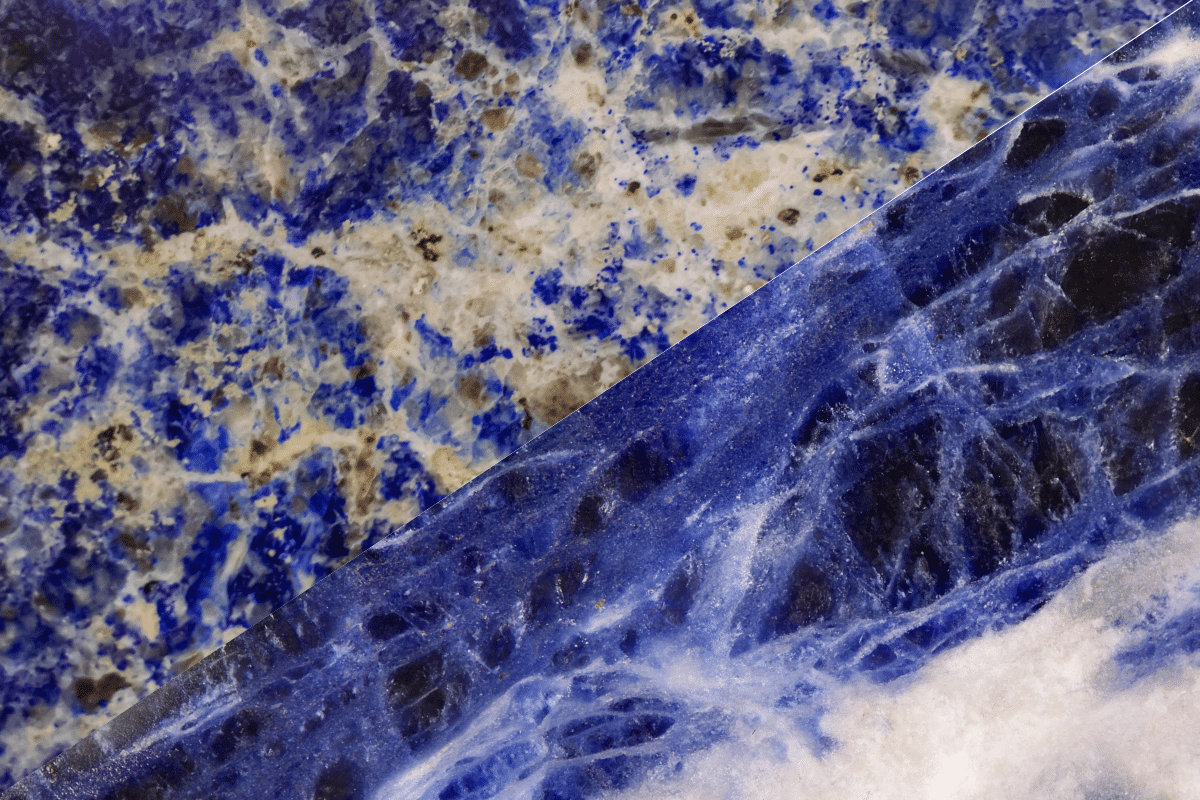
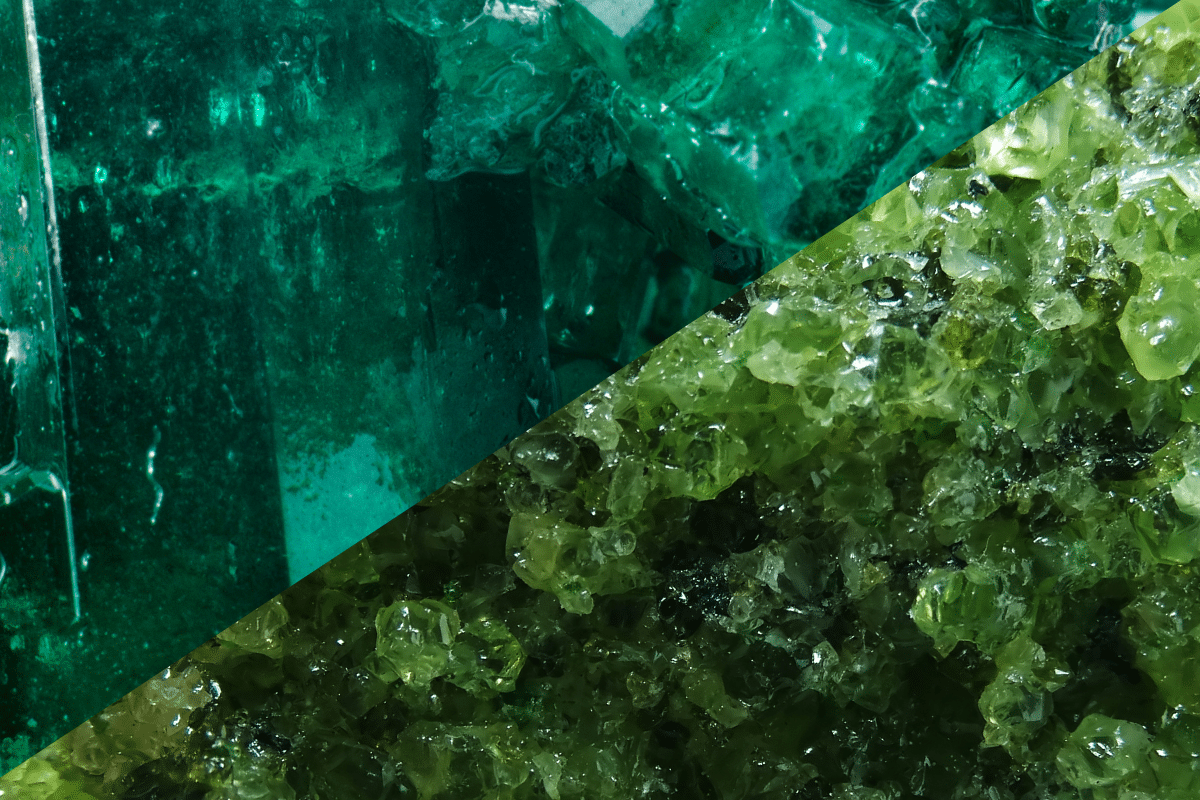
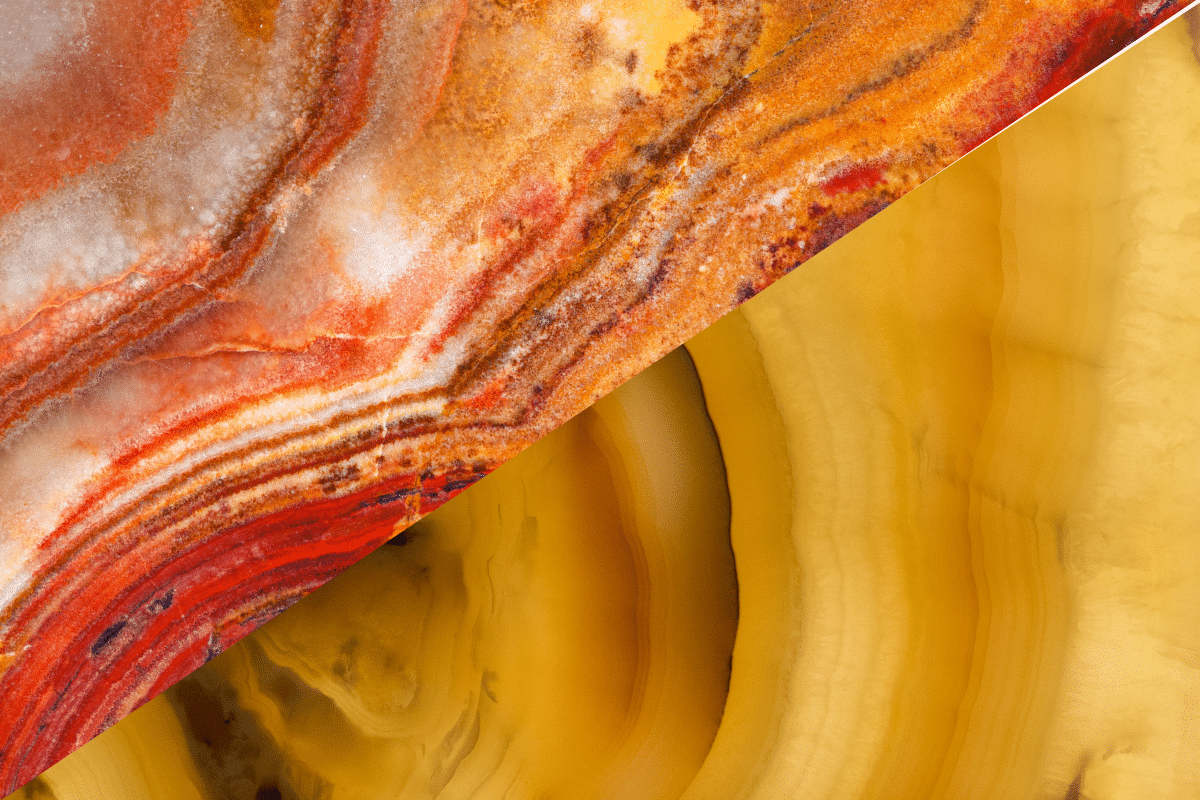

5 Comments